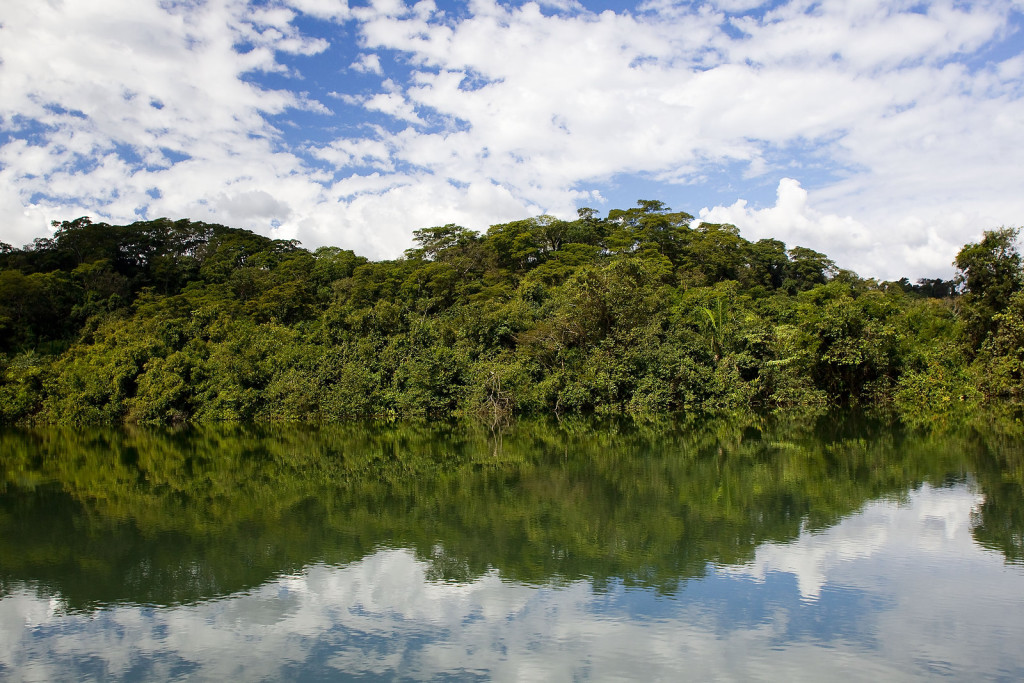
The effectiveness of recovered riparian forests for the conservation of biodiversity and ecological processes
The overall goal of this project is to gain a better understanding of how recovered riparian forests can enhance biodiversity conservation. In tropical forests, several reforestation programs have been created to recover biological diversity in deforested environments. However, most of these studies have focused on the loss of species and ignored the loss of ecological interactions and ecosystem services that these species provide in their natural environment. Here, we assess how reforestation (including both native and exotic species) and the distance from the forest matrix could recover the following parameters: richness, composition, abundance of mammals, birds, amphibians and reptiles, soil invertebrates including ants, bees and wasps and plant species in five fragments of recovered riparian forest in the Volta Grande Reservoir, in the southern Brazilian Cerrado. We will use this data to generate ecological models based on network theory linked with biodiversity and ecosystem functionality (BEF model), as the shape of BEF relationships illustrates the relative contribution of species to the aggregate function as well as the impact of biodiversity change on ecosystem functions in the real world. Some questions that can be addressed through this analysis:
- Are richness and diversity of the overall animal community influenced by tree species richness, or instead driven by forest succession or environmental variables?
- Does effectiveness of local landscape management enhance species richness?
- How do the effects of field management intensity on biodiversity vary along a wide gradient of landscape complexity?
- Who are the winners and who are losers? With persistent matrix changes surrounding native remnants, some species may benefit (“winners”) and expand their geographic range to replace rare and disturbance-sensitive species (“losers”), or the intensification of adjacent matrices results in a shift in functional composition of animal communities (such as birds, mammals, frogs, bees and wasps) and will have a homogenizing effect within functional groups.
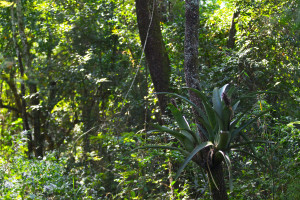
Photo: JOAO MARCOS ROSA – Project File
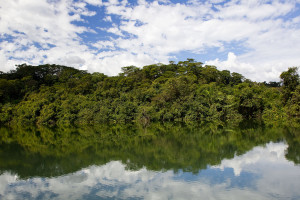
Photo: JOAO MARCOS ROSA / Project File
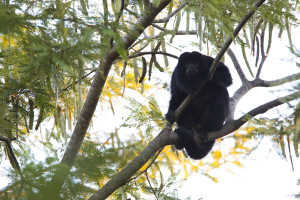
Photo: JOAO MARCOS ROSA / Project file
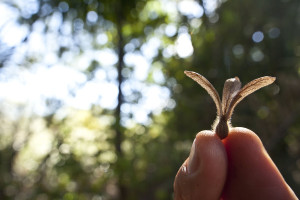
Photo JOAO MARCOS ROSA /Project File
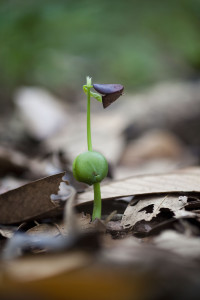
Photo: JOAO MARCOS ROSA/Project File
